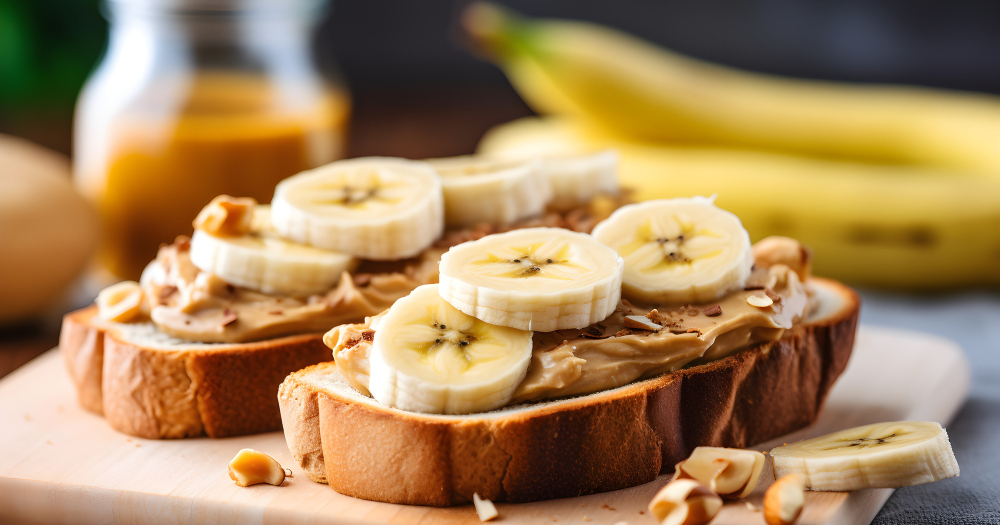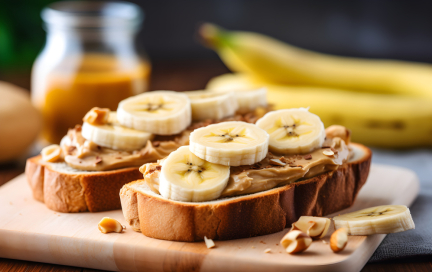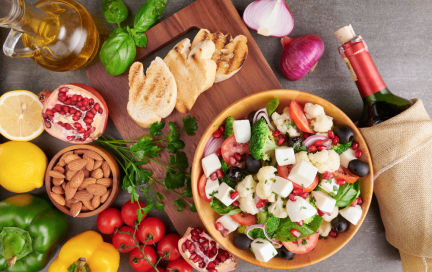{{ banner_block|raw }}
When your stomach feels off — whether from food poisoning, a stomach bug, or diarrhea — you might’ve heard someone suggest “just stick to bananas, rice, applesauce, and toast.” That’s the core of the BRAT diet.
What “BRAT” stands for & why it’s used
The name “BRAT” is an acronym representing four foods:
Bananas
Rice (white, plain)
Applesauce
Toast (plain, white)
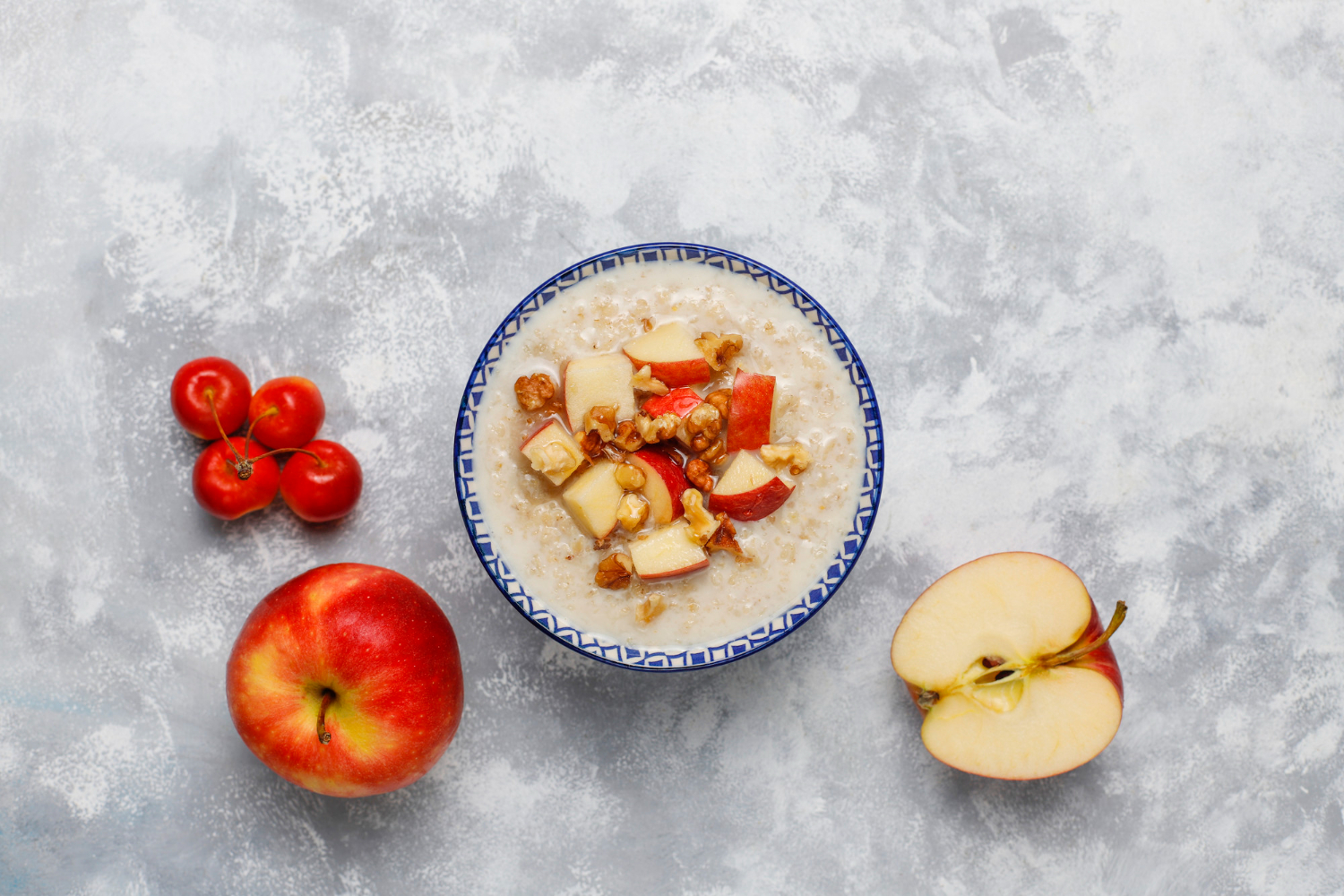
These foods are chosen because they are:
Bland and low in fiber
Easily digested
Less likely to irritate an upset stomach
Mild in flavor and smell (which helps when nausea is present)
Historically, the BRAT diet was commonly recommended for children with vomiting or diarrhea. Today, many medical experts consider it too restrictive to use long term.
How the BRAT diet helps (short-term)
The idea behind BRAT is not to cure the illness, but to support the digestive system during acute distress. Some of the ways it may help:
Firming stools — Foods like rice, bananas, and applesauce contain starch and pectin, which may help bind loose, watery stools.
Minimizing irritation — Because these foods are low in fat, protein, and fiber, the digestive tract has less work to do.
Preventing symptom worsening — Strong smells or spicy, acidic foods can trigger nausea. BRAT foods typically avoid that.
However, strong scientific evidence supporting BRAT’s effectiveness is limited. Many health professionals now prefer more flexible “bland diets” rather than strict BRAT.
{{ post_20|raw }}
How to follow the BRAT diet (safely & temporarily)
If you choose to use the BRAT diet, here’s how to do it in a balanced way:
1. Use it only short-term
Limit BRAT to 24–48 hours or until initial symptoms ease. It should not be a long-term solution.
2. Eat small, frequent amounts
Your stomach may not tolerate full meals at first. Starting with bites or small portions helps.
3. Stay hydrated
Diarrhea and vomiting can cause dehydration and electrolyte loss. Drink water, clear broths, or use oral rehydration solutions.
4. Gradually reintroduce other bland, gentle foods
Once your symptoms begin to improve, add foods like:
Boiled potatoes (no skin)
Plain crackers
Steamed carrots
Skinless boiled or baked chicken
Oatmeal or cream of wheat
Keep avoiding spices, fried foods, fatty meats, acidic fruits, dairy (if irritating), caffeine, and alcohol until fully recovered.
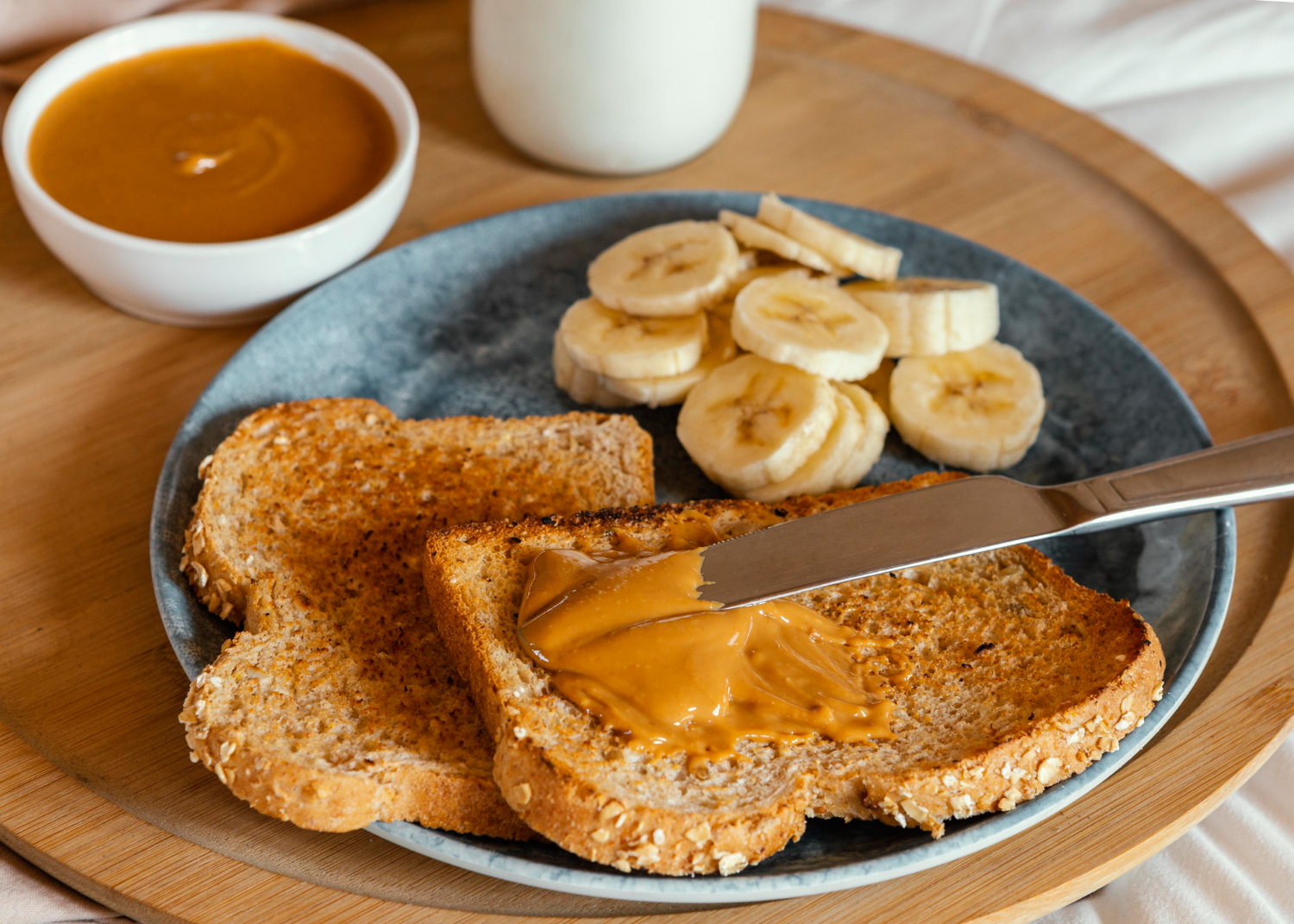
Looking for healthy recipes? Don’t miss our helpful collection — simple, tasty, and good for you! 💚
Limitations & risks of the BRAT diet
Because the BRAT diet is very narrow, it carries important downsides:
Poor nutrition: It lacks sufficient protein, healthy fats, essential vitamins (like B12, A), calcium, and fiber.
Risk of malnutrition if prolonged: Extended use may lead to energy deficits or nutrient deficiencies.
Not ideal for children: The American Academy of Pediatrics no longer encourages the strict BRAT diet for kids — resuming normal diet (as tolerated) is preferred.
May delay better recovery: Restricting food too much might slow the return to normal digestion.
Thus, many practitioners suggest a bland diet approach rather than rigid BRAT. A bland diet allows more flexibility while still being gentle on the gut.
When NOT to use the BRAT diet & when to see a doctor
If you experience any of the following, avoid self-treatment and seek medical care:
Diarrhea or vomiting lasting more than 2 days
Signs of dehydration (dry mouth, reduced urination, dizziness, dark urine)
Blood or mucus in stool
Fever above 102 °F (38.9 °C)
Severe abdominal pain
Also avoid BRAT in chronic gastrointestinal diseases (e.g. IBD, ultra-sensitive food intolerances) without guidance from a medical provider.
Best practices
The BRAT diet can be a helpful short-term strategy for acute GI upset, but it's outdated as a standalone treatment.
Use it for no more than a day or two, while ensuring hydration and gradually adding more nutritionally rich bland foods.
For best results, lean toward a more inclusive bland diet that restores nutrients without overwhelming your gut.
Always monitor symptoms, and consult a healthcare professional if things don’t improve or worsen.
Combine smart nutrition with regular physical activity, and you’ll reach your goals even faster. Use promo code MEDIA to get 70% off our training programs.
Sources Used:
1. Medical News Today — What is the BRAT diet and when should you use it?
2. Cleveland Clinic — BRAT Diet: Foods, Benefits, and Risks
3. Patient.info — What is the BRAT diet and why is it unsafe?
